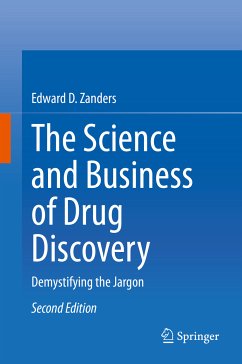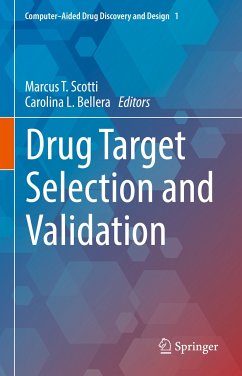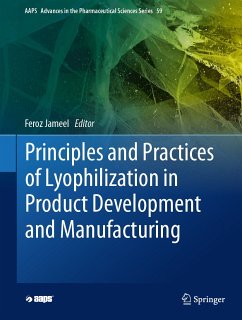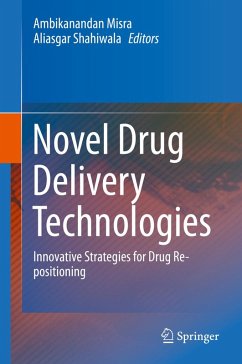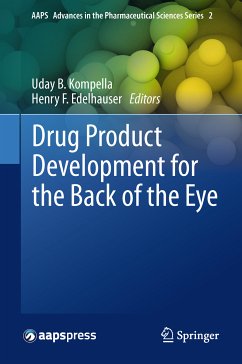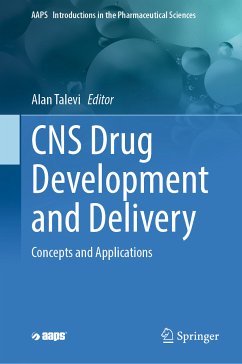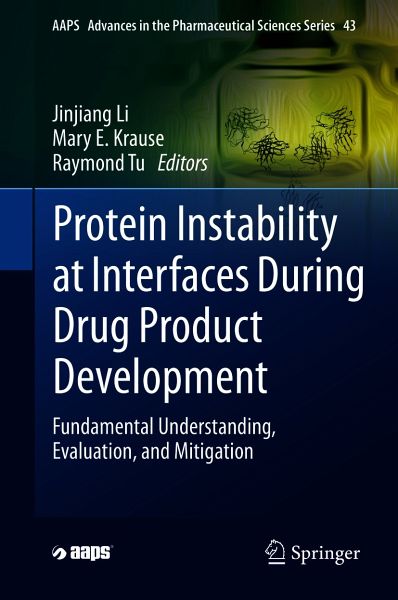
Protein Instability at Interfaces During Drug Product Development (eBook, PDF)
Fundamental Understanding, Evaluation, and Mitigation
Redaktion: Li, Jinjiang; Tu, Raymond; Krause, Mary E.
Versandkostenfrei!
Sofort per Download lieferbar
Statt: 149,79 €**
72,95 €
inkl. MwSt.
**Preis der gedruckten Ausgabe (Gebundenes Buch)
Alle Infos zum eBook verschenkenWeitere Ausgaben:

PAYBACK Punkte
36 °P sammeln!
Proteins are exposed to various interfacial stresses during drug product development. They are subjected to air-liquid, liquid-solid, and, sometimes, liquid-liquid interfaces throughout the development cycle-from manufacturing of drug substances to storage and drug delivery. Unlike small molecule drugs, proteins are typically unstable at interfaces where, on adsorption, they often denature and form aggregates, resulting in loss of efficacy and potential immunogenicity. This book covers both the fundamental aspects of proteins at interfaces and the quantification of interfacial behaviors of pro...
Proteins are exposed to various interfacial stresses during drug product development. They are subjected to air-liquid, liquid-solid, and, sometimes, liquid-liquid interfaces throughout the development cycle-from manufacturing of drug substances to storage and drug delivery. Unlike small molecule drugs, proteins are typically unstable at interfaces where, on adsorption, they often denature and form aggregates, resulting in loss of efficacy and potential immunogenicity. This book covers both the fundamental aspects of proteins at interfaces and the quantification of interfacial behaviors of proteins. Importantly, this book introduces the industrial aspects of protein instabilities at interfaces, including the processes that introduce new interfaces, evaluation of interfacial instabilities, and mitigation strategies. The audience that this book targets encompasses scientists in the pharmaceutical and biotech industry, as well as faculty and students from academia in thesurface science, pharmaceutical, and medicinal chemistry areas.
Dieser Download kann aus rechtlichen Gründen nur mit Rechnungsadresse in A, B, BG, CY, CZ, D, DK, EW, E, FIN, F, GR, HR, H, IRL, I, LT, L, LR, M, NL, PL, P, R, S, SLO, SK ausgeliefert werden.



